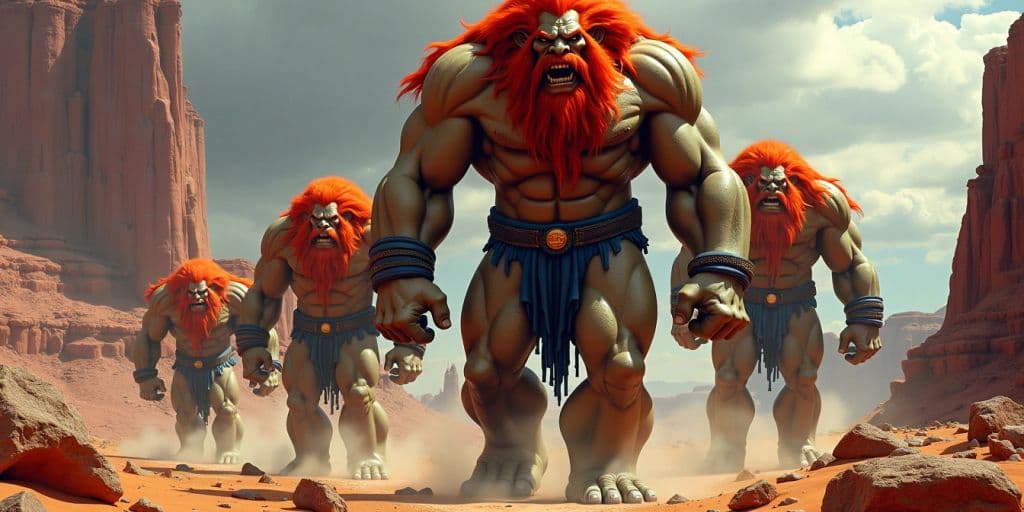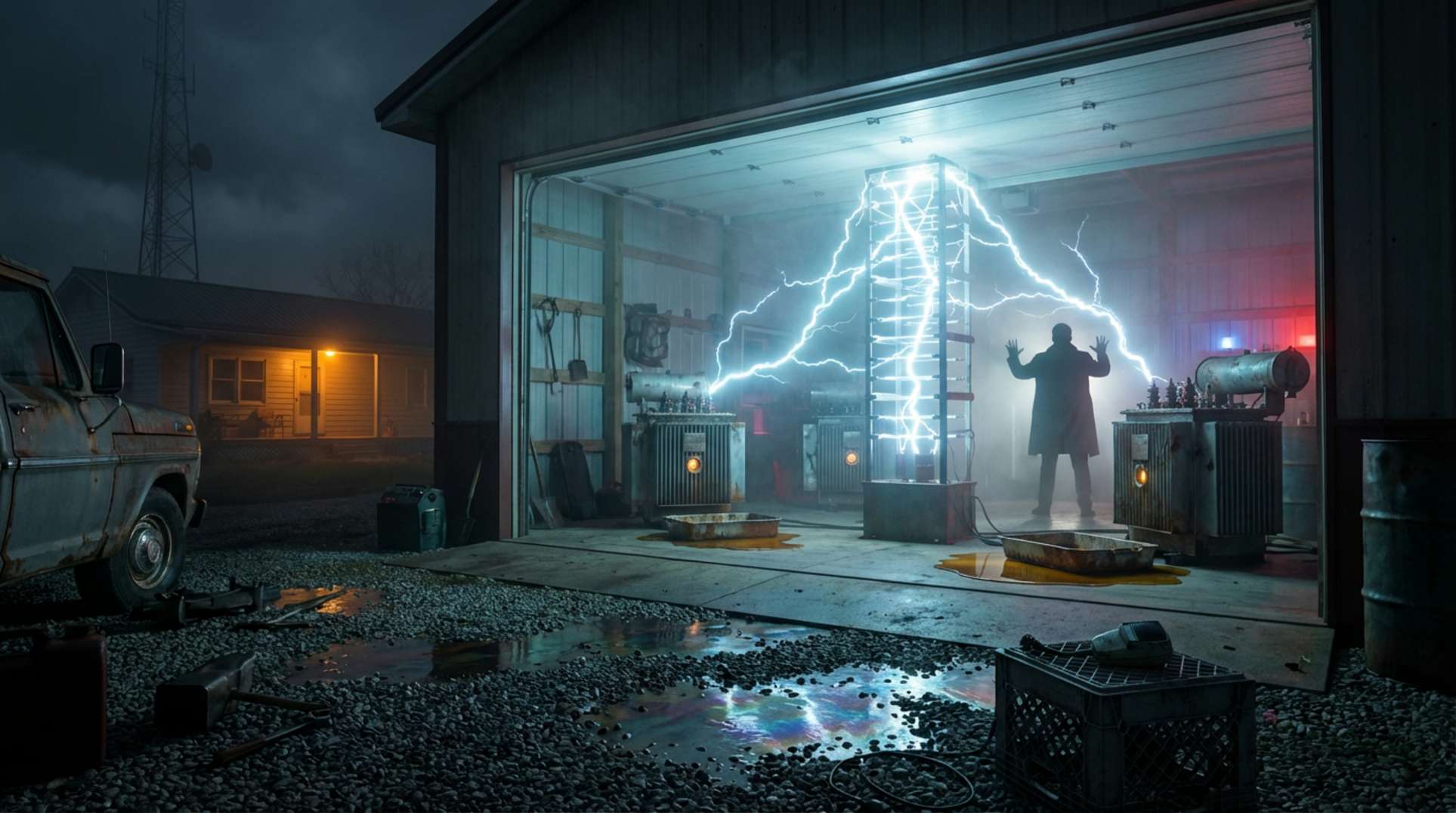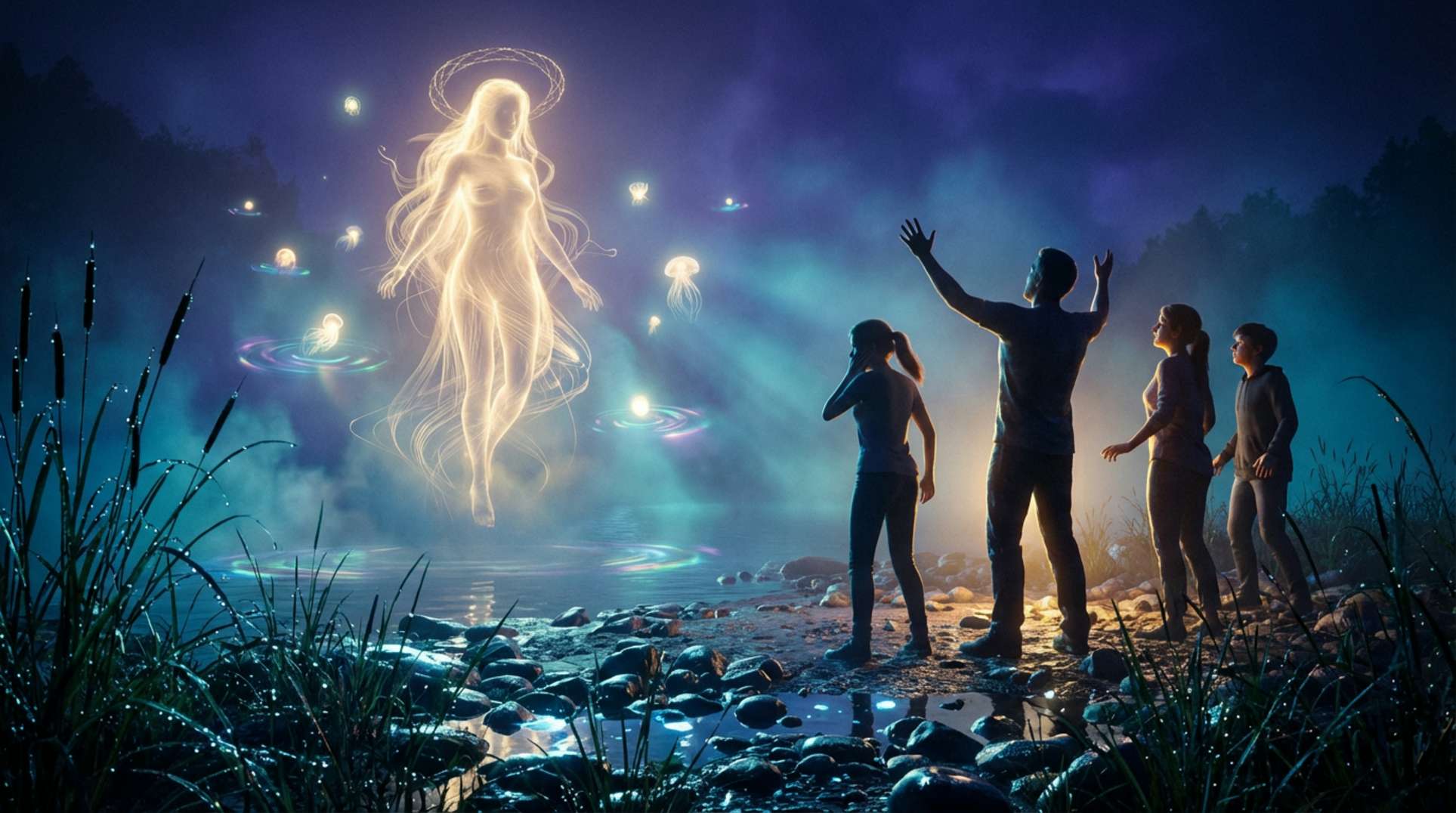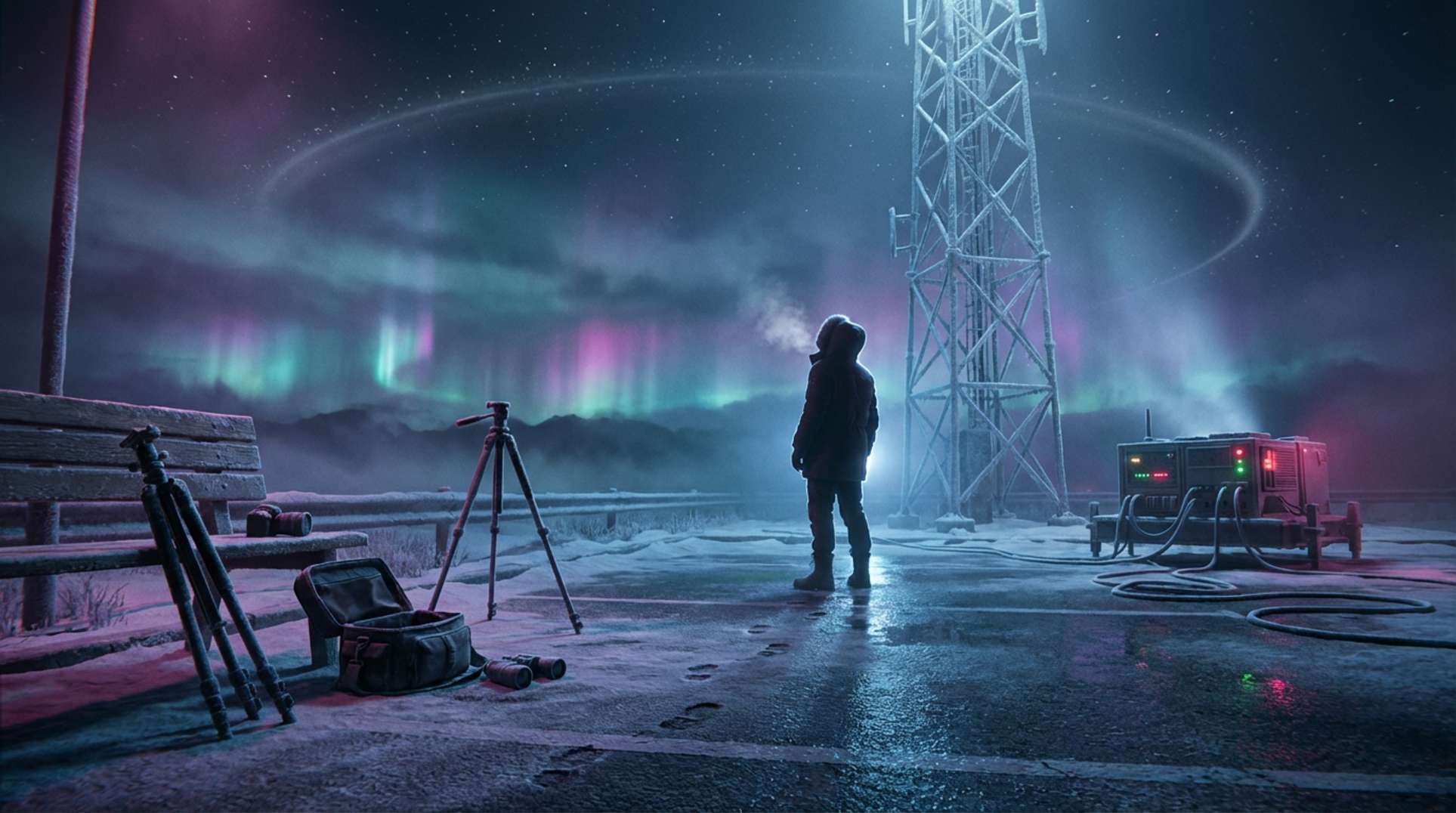In the heart of Nevada lies Lovelock, a site steeped in legend and mystery. The Northern Paiute people recount tales of a barbarous tribe known for their striking red hair, towering stature, and cannibalistic practices. This blog post delves into the history, archaeological findings, and the ongoing debate surrounding these enigmatic figures.
Key Takeaways
- The legend of red-haired giants originates from the Northern Paiute oral tradition.
- Archaeological expeditions have uncovered artifacts but not definitive evidence of giant cannibals.
- Skepticism surrounds the claims of giant skeletons and cannibalism.
The Legend Of The Red Haired Giants
Legend has it that a race of people once inhabited the Great Basin, characterized by their red hair and towering heights, reportedly between 8.5 to 10 feet tall. These giants were said to be cannibals, preying on the Northern Paiute people. The Paiute engaged in a prolonged conflict with these tribes, ultimately leading to a climactic confrontation at a cave where the remaining giants met their end.
Historical Accounts
The earliest account comes from Sarah Wamaka, daughter of a Paiute chief, who published her story in 1883. Her narrative describes a tribe of cannibals that would ambush and consume her people, even resorting to digging up the dead to feast on them. She claimed that this tribe numbered around 2,600 and that the Paiute fought them for three years before finally driving them into a cave, which was then set ablaze.
John T. Reed’s Discovery
In 1911, John T. Reed, a childhood friend of Wamaka’s brother, explored the cave and reported seeing no evidence of giants, only bat guano and Native American artifacts. Reed’s accounts, however, fueled interest in the cave’s archaeological potential.
Archaeological Expeditions
The cave attracted attention from miners and archaeologists alike:
- 1899: Reed attempted to promote the cave’s archaeological potential but found little interest.
- 1911: Miners extracted bat guano and discovered numerous Native American artifacts, prompting further archaeological digs.
- 1912: Led by Llewellyn Loud, an untrained archaeologist, the first significant excavation took place, uncovering various artifacts but no definitive evidence of giants.
- 1924: A second dig, led by Mark Raymond Harrington, continued to explore the cave’s depths.
Findings And Skepticism
Loud and Harrington published their findings in 1929, noting the discovery of well-preserved artifacts like baskets and sandals. However, they only mentioned a single account of a giant, which was not corroborated by their findings. The only evidence of cannibalism was speculative, suggesting it occurred during times of famine rather than as a regular practice.
The Myth Of The Giants
Despite the intriguing stories, skepticism grew over the years. In 1977, anthropologist Dr. Chalet Brooks analyzed bones from the cave and concluded that they belonged to cows and Native Americans, with no evidence of giants. Similarly, Adrien Mayor in 2005 suggested that legends of giants might stem from misidentified large animal bones.
The Ongoing Debate
The tales of the red-haired giants continue to captivate imaginations, but the lack of concrete evidence raises questions. Many claims about giant skeletons have been traced back to unverified sources, and the infamous San Diego Giant photo often misattributed to Lovelock is actually from California.
Conclusion
The stories of the red-haired giant cannibals of Lovelock remain a blend of history, legend, and speculation. While archaeological expeditions have unearthed artifacts and bones, the existence of these giants remains unproven. Are they merely tall tales, or is there a kernel of truth hidden in the sands of time? The debate continues, inviting further exploration and discussion.




